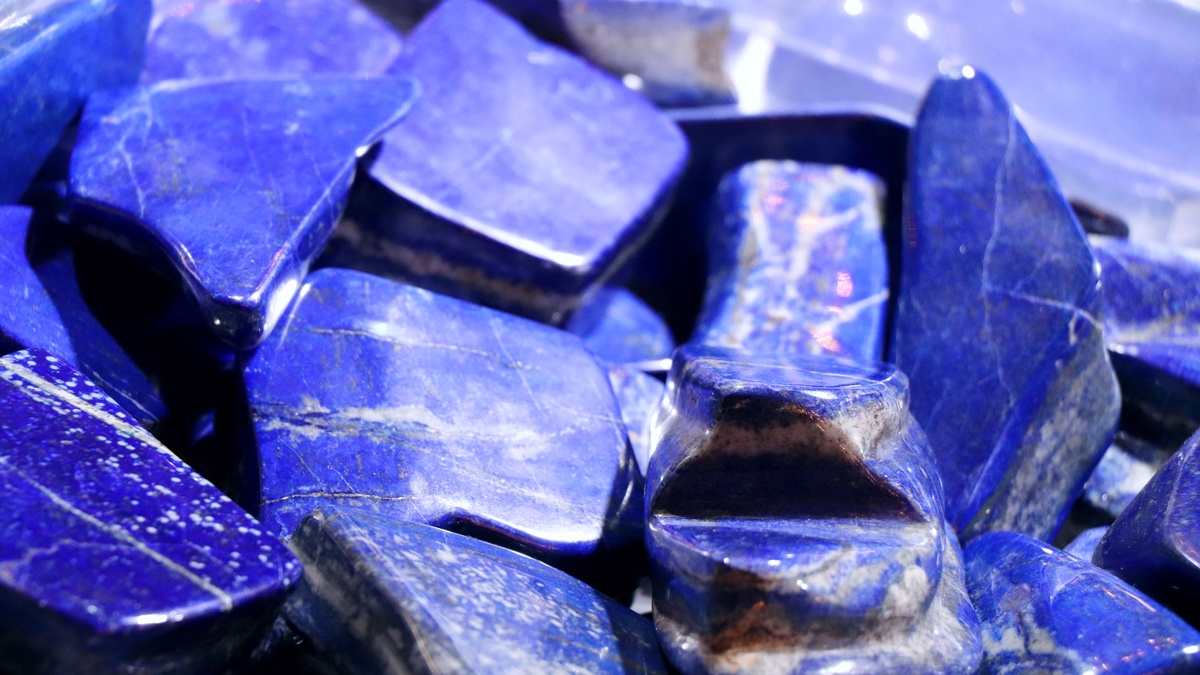On January 12, state-owned mining firm LKAB announced that it discovered Europe‘s largest rare earth deposit in the Kiruna area in Sweden. The firm claims that there were over a million tonnes of rare earth oxides on the site, as the South China Morning Post reported.
“This is good news, not only for LKAB, the region and the Swedish people, but also for Europe and the climate. It could become a significant building block for producing the critical raw materials that are absolutely crucial to enable the green transition.”
LKAB CEO Jan Mostrom
Why is the discovery a big deal?
The rare earth elements comprise seventeen metallic elements, including fifteen lanthanides in the periodic table, as well as scandium and yttrium.
Rare earth minerals are a critical part of high-technology production. In fact, these are utilized to produce EVs, wind turbines, portable electronics, microphones, speakers, etc., as per the report.
“Although the amount of REE used in a product may not be a significant part of that product by weight, value, or volume, the REE can be necessary for the device to function. For example, magnets made of REE often represent only a small fraction of the total weight, but without them, the spindle motors and voice coils of desktops and laptops would not be possible.”
The US Geological Survey
The European Commission acknowledges rare earth elements as one of the essential resources in the region. The discovery will aid Europe’s supply of these elements as these cannot be mined in the area currently. The region relied on foreign supply due to this limitation, particularly in China.
It will also gradually prepare the region for a surge in demand as EV uptake continues to surge.
“Electrification, the EU’s self-sufficiency and independence from Russia and China will begin in the mine.”
Ebba Busch, Minister for Energy, Business, and Industry
Long way to go
LKAB announced plans to apply for an exploitation concession this year. However, it expects the process to take 10-15 years before starting mining operations and market shipping.
The report states that Sweden’s approval of new mines is lengthy and strict. It ensures that the country’s water resources and biodiversity protection may be affected by the mining operations.
Another issue a Swedish geologist raises is that rare earth metal extraction and the production of intermediary goods are not yet fully active in Europe.
“So we also need to focus on the entire value chain on these metals, products like high efficiency magnets that we want to use for wind turbines or traction engines in EVs and so on.”
Erik Jonsson, Department of Mineral Resources’ senior geologist
This significant rare earth deposit discovery marks another step for the region toward sustainable energy. Despite the long process of actually turning it into a project, it offers a positive outlook for Europe’s clean energy future.

